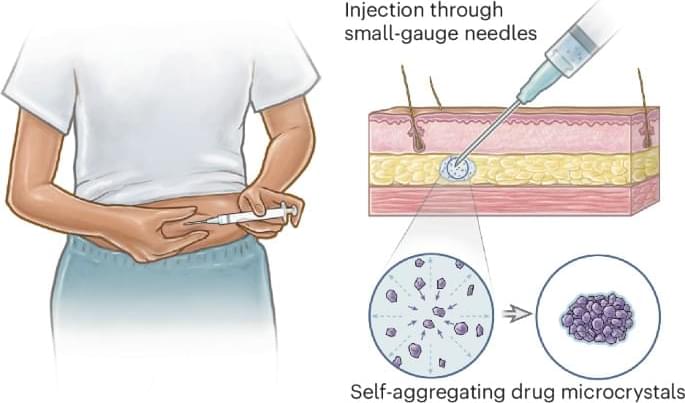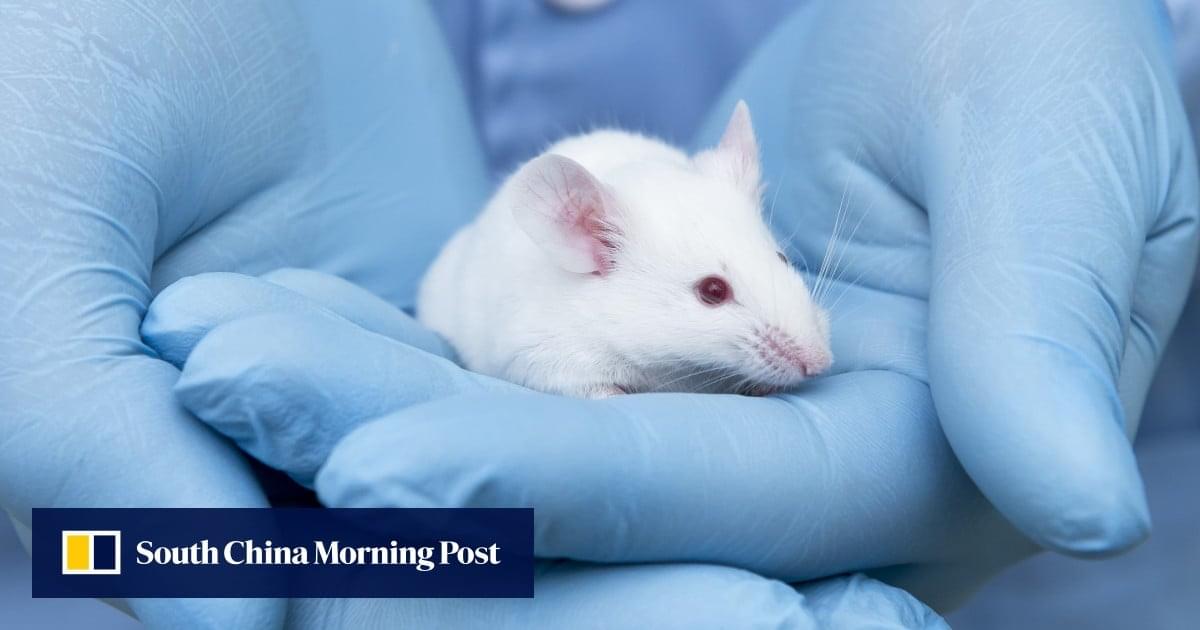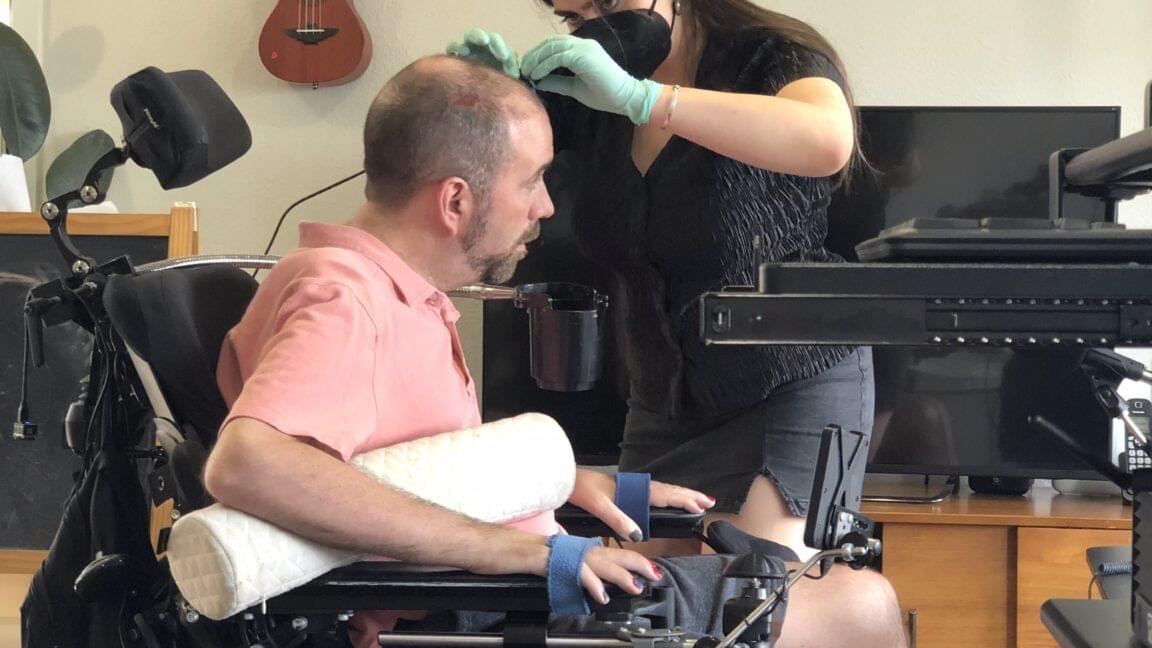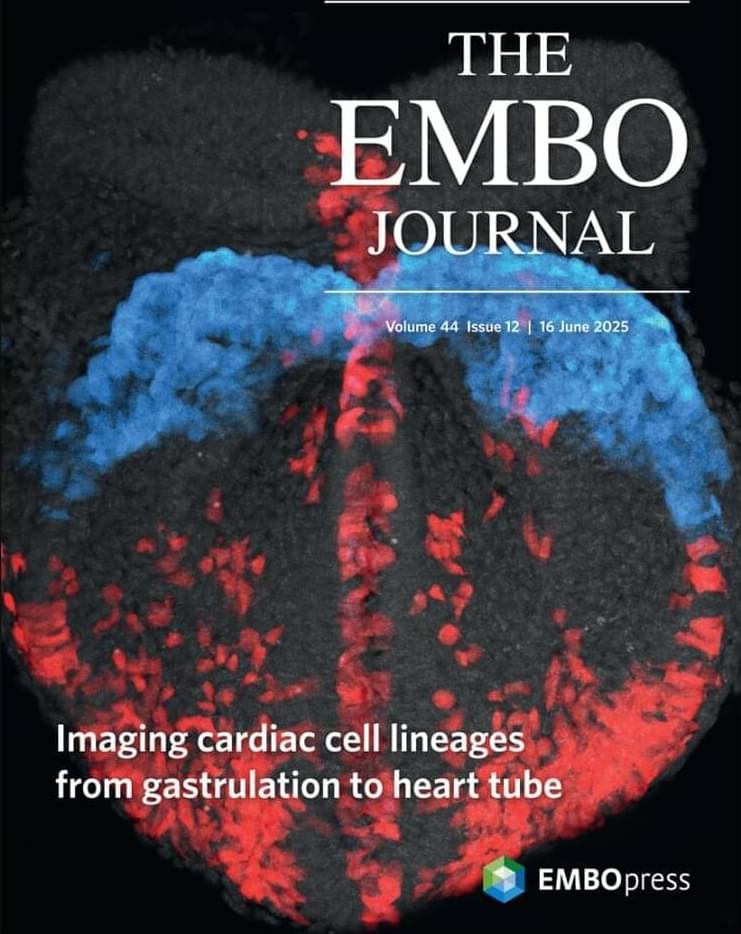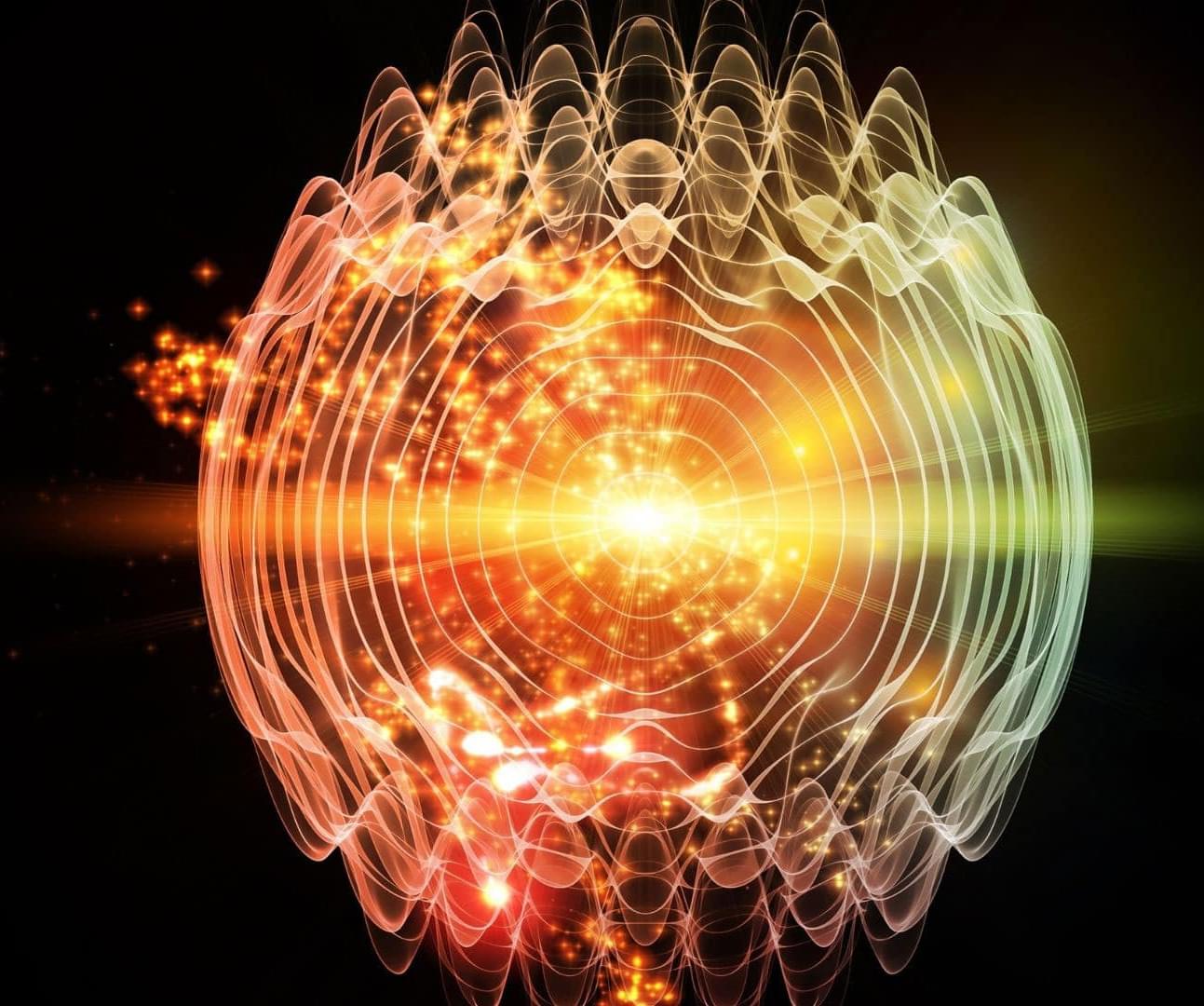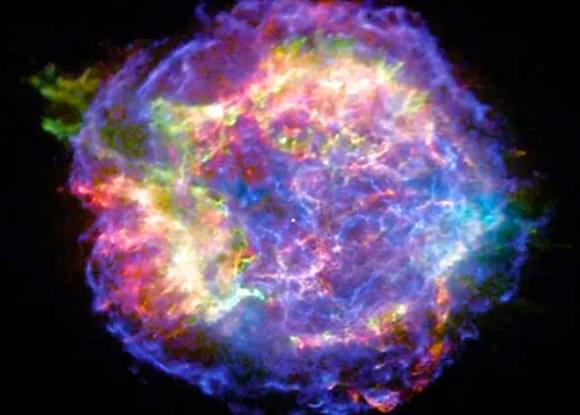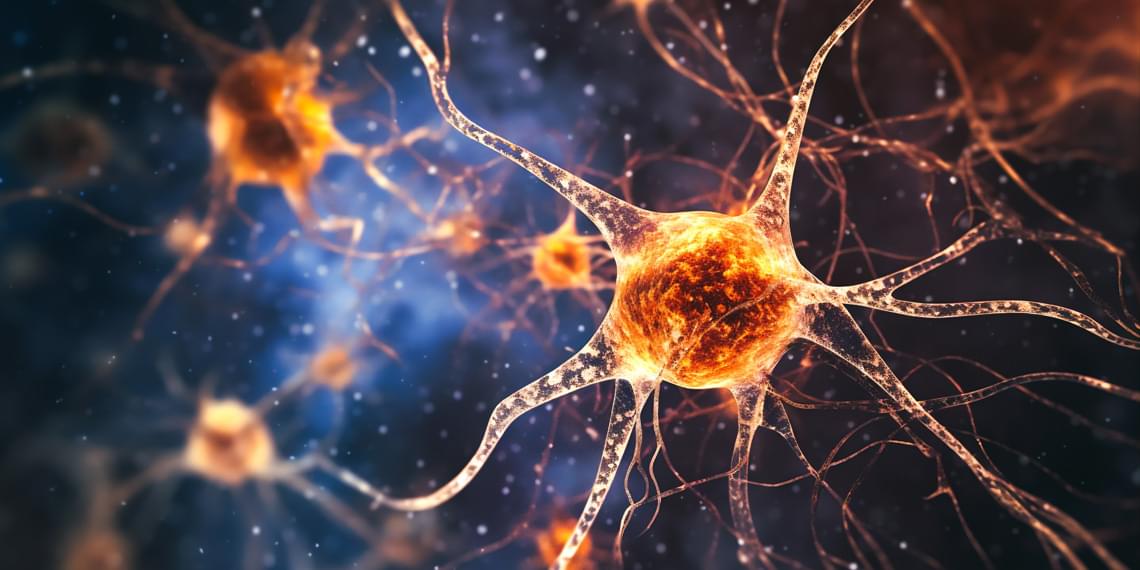The Princeton researchers built their devices with great care. Along with former postdoctoral fellow Qi Zhang, they created ultra-clean samples and chilled them using liquid helium. They measured how the material reacted when exposed to circularly polarized mid-infrared light, at wavelengths around 10.6 microns. They observed a strong response when the light’s spin matched the material’s internal chiral state—a sign of a phenomenon called the circular photogalvanic effect (CPGE).
The CPGE has become a powerful tool in recent years. It works by measuring how electric currents change depending on the direction of light spin. In this case, the presence of a CPGE signal directly proved that the material’s internal structure was chiral. Even more, the direction and pattern of the signal revealed which symmetries had been broken.
The discovery puts to rest years of debate among physicists. Since 2021, there’s been disagreement over whether the charge-ordered state in KV₃Sb₅ actually breaks key symmetries or if those effects were caused by noise or imperfections. Earlier tools like scanning tunneling microscopes and electrical measurements had shown hints of chirality, but results were unclear and often contradicted each other.

